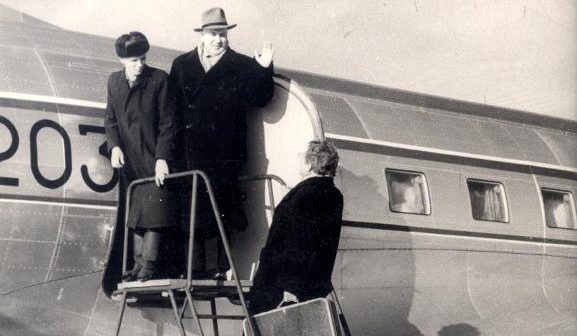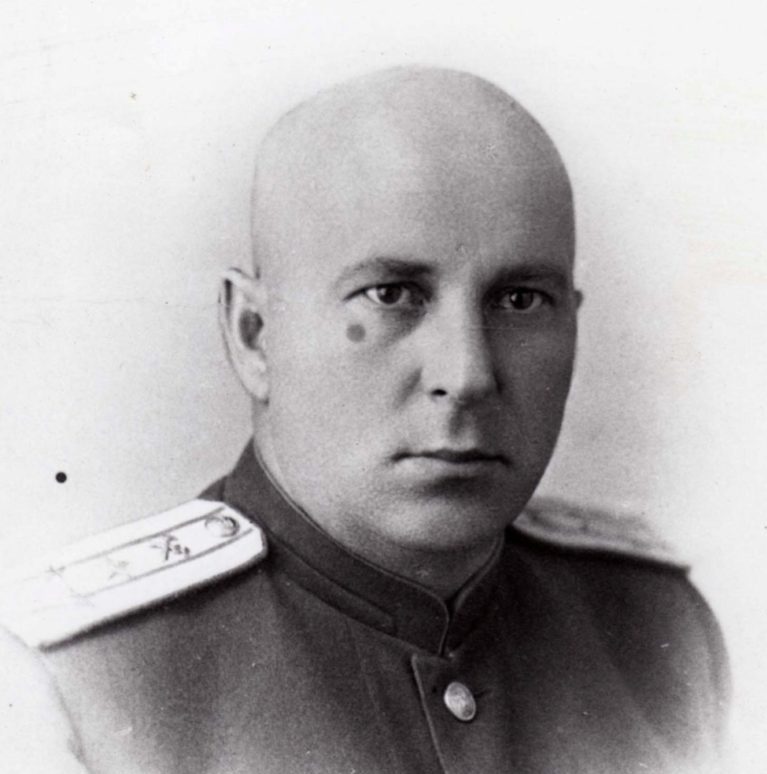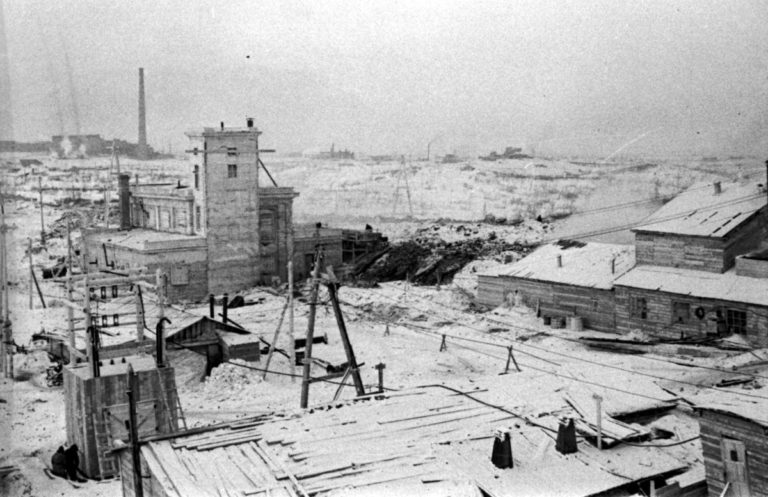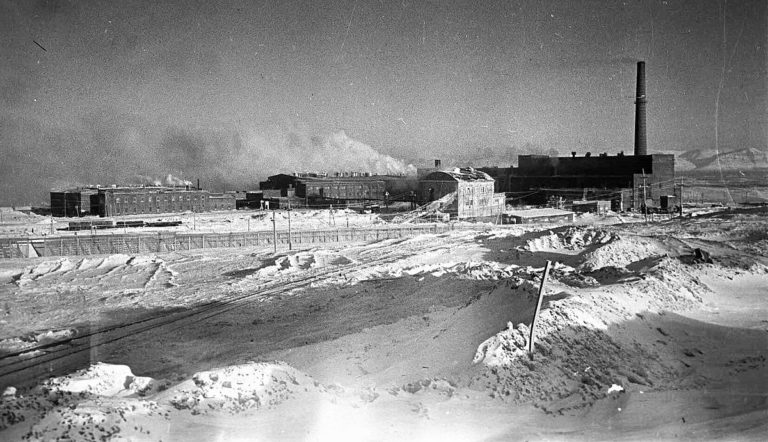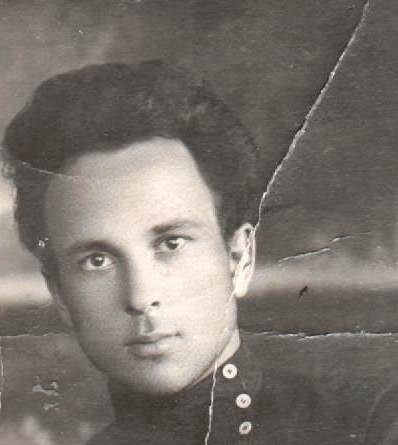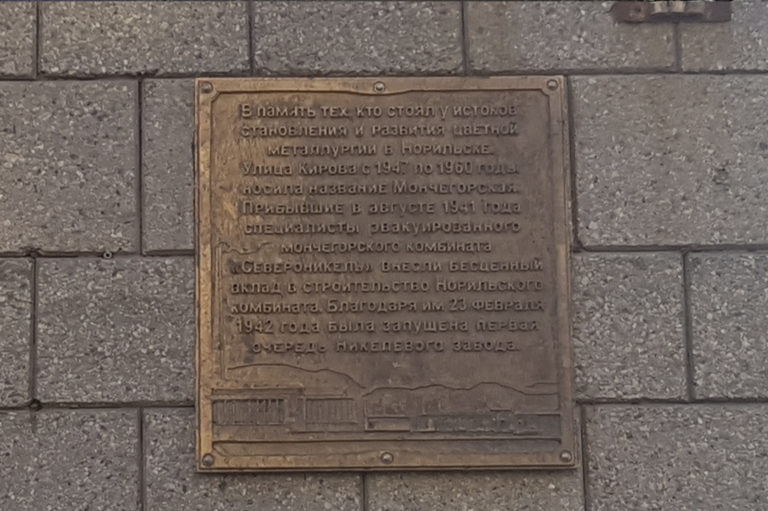#ARCTIC. #SIBERIA. THIS IS TAIMYR. He went to Leningrad in 1922, worked as a loader in the port and as a foundry worker at the Krasny Vyborzhets plant.
In 1936, Loginov graduated from the Leningrad Mining Institute’s beneficiation department, worked there as a researcher for three years and participated in research on the copper-nickel ores’ processing . He became the Severonickel Combine’s Cobalt plant’s chief engineer in 1939.
In 1941, he was evacuated to Norilsk together with other Monchegorsk residents. Alexey Loginov told about this:
“We, the Monchegorsk people, came to Norilsk. The first impression was painful. Although we were greeted warmly and cordially, there was a very big contrast compared to Monchegorsk. There (in Monchegorsk) is a well-maintained city, wonderful, almost Prishvin nature, but here (in Norilsk)… A primitive narrow-gauge railway station, a wooden workers’ settlement, everything is wretched, gray.
We were accommodated in log houses under construction. We lived in close quarters: two or three families in a room. Gradually, during the houses construction, we were moved to communal apartments, then to separate ones. It was difficult for us with the climate at first. Sharp and frequent changes in temperature and pressure oppressed, affected well-being, health”.
Loginov headed the cobalt sector in Norilsk in the first years of the war: from the Norilsk Cobalt pilot plant’s construction and commissioning to the Cobalt plant’s (which later became the Nickel plant’s chlorine-cobalt workshop) construction and operation. In fact, he was the father of Norilsk cobalt.
“I was the Combine’s design department’s technological sector’s head, the Big cobalt plant’s project’s chief engineer, the experimental cobalt workshop’s (built according to my project) head and the experimental research department’s head at the same time.
Difficulties arose with the Cobalt plant’s technical design’s approval. When it was ready, we sent it to Moscow for examination. This project came to the appropriate specialists, and most of them gave a negative conclusion. Avraamy Zavenyagin (he was already in Moscow) did not approve it. And what epithets I have heard in my address! And they called me a projector, and illiterate. I asked theCombine’s head Panyukov to second me to Moscow. In Moscow, I had to go through all the instances, both academics and professors, to convince everyone that I was right.
Gradually, I won them over to my side, and when I appeared in front of Zavenyagin’s eyes, he only grinned and signed a new examination confirming the technical project, and said: “Congratulations!” As they say now, my rating in Norilsk immediately went up”, told Loginov.
Then Loginov headed the Small metallurgical plant. From 1943 to 1948 he headed the metallurgical plants’ department, then the enrichment enterprises’ department. In 1954 he became the Norilsk Combine’s director.
Loginov had been working as the director for only three years. He had to transfer the entire economy to a new track in those years: the Combine was transferred from the jurisdiction of the Ministry of Internal Affairs to the Ministry of Non-Ferrous Metallurgy. Instead of a free labor force, civilian specialists were now attracted. The camp barracks were rebuilt, thousands of new settlers were accommodated.
Industrial, legal, and technical revolutions took place under Loginov. With his participation, in 1953, assignments were issued for the swimming pool design in Norilsk, a hospital with 880 beds, a local television center, and the Palace of Culture. Loginov, they to workers’ transportation to remote enterprises began.
Loginov resigned for health reasons in 1957. There is a memorial plaque in memory of him and other Monchegorsk residents in Norilsk on Kirova street.
In the History spot photo project previous publication we told about the Dzerzhinskogo street.
Follow us on Telegram, VKontakte.
Text: Svetlana Ferapontova, Photo: Nornickel Polar Division archive
